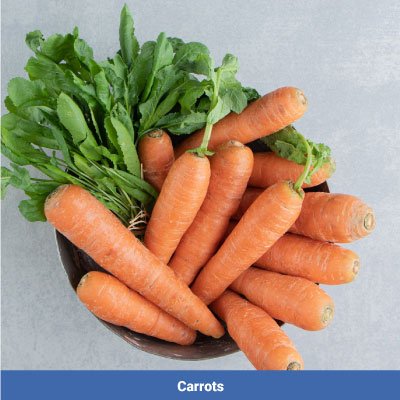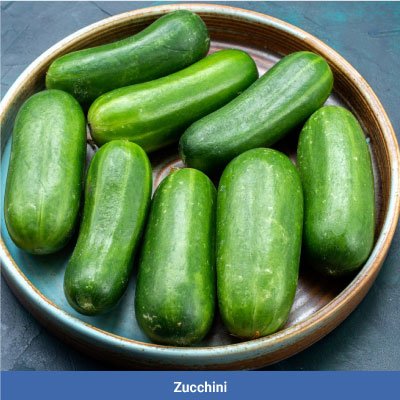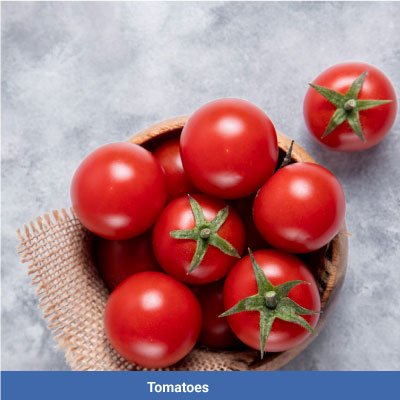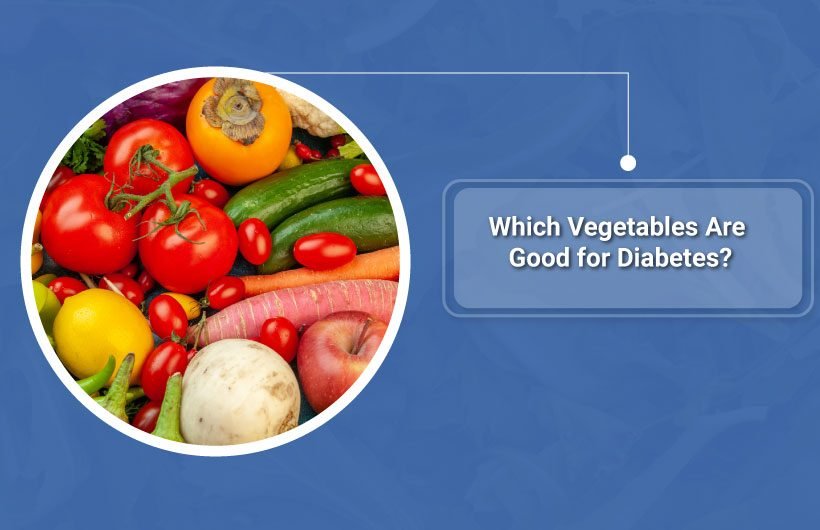When it comes to managing diabetes, one of the most common questions people ask is, “Which vegetables are good for diabetes?” Given the vast amount of information available today, hitting on the best veggies for diabetics presents a challenge.
This guide will cover the richest veggies in elements that are beneficial for diabetics, how they affect blood sugar levels and some recommendations on their usage. Are you up for it with your veggies in a bid to shape your health destiny? Let’s dive in!
Why Should Vegetables Be Part of a Diabetic Diet?
Most people living with diabetes consider keeping their blood sugar levels constant to be one of the most important things. Most vegetables listed here are low in glycaemic index and are a rich source of fibre, antioxidants, vitamins, and minerals and do not affect blood sugar levels. Most kinds of vegetables are GI foods and that is why they contribute a little to the blood glucose levels which makes them efficient for use when treating diabetes.
The type of vegetables that are good for people with diabetes is therefore the next topic. For this article, let’s divide the list by the vegetables that are not only good for diabetics, but also have the ability to curb hunger pangs and promote good health.
1. Leafy Greens: Spinach –Kale and Swiss chard

Greens or ‘the leafy green vegetables’ to be precise are true superfoods and claim they are a good source of so many nutrients including spinach, kale, and Swiss chard. More than that, they contain loads of requisite nutrients, and even more importantly, they are truly the lowest-known carb foods. This means they are not likely to raise their blood sugar levels—a great thing for diabetics out there.
- Why they are good: They’re rich in dietary fibre, magnesium and vitamin C, which affects the regulation of insulin.
- How to eat them: They are perfect to add to salads, smoothies, or soup, or only sauté with garlic and olive oil for a vegetable side dish.
2. Broccoli and Cauliflower

Another two vegetables in this class are broccoli and cauliflower; these vegetables are packed with fibre and antioxidant properties. They also decrease the level of inflammation which is not bad news to diabetes patients at all because they will have to adhere to low levels of inflammation in order to achieve good blood sugar regulation.
- Why they are good: They have nutrient information that indicates that they are rich in vitamin C and fibre which aid in the regulation of blood sugar. But these vegetables are also low in calorie intensity too.
- How to eat them: You should fry them in the oven where they will get crispy outside 0r you should steam them then add some lemon juice for easy snacking.
3. Bell Peppers

A green, red, yellow or orange update and potent source of Vitamins, bell peppers are one of the most versatile foods one can ever come across in the food markets. It will be a little bit sweet but is not going to give anybody a sugar rush or anything like that.
- Why they are good: Since they are low on the glycemic index and have a high fibre content, bell peppers will help you regulate high levels of blood sugar.
- How to eat them: Raw, mix in salads, sauté with other vegetables, or even use a filling for lean meats for diabetic-approved dishes.
4. Carrots

It’s sad that carrots, primarily due to their naturally high sugar content, are viewed as being too high in sugar even though they are great for diabetics. It has a low glycemic index and is rich in beta-carotene which is the nutrition factor that helps eyes and skin.
- Why they are good: Carrots are sweet by nature and are rich in fibre and vitamins that are good for diabetics out there.
- How to eat them: Chop them into salads, bake them as a snack that crackles in your mouth or add them to your soups and stews.
- Carrots should most definitely be on the list of best veggies for diabetics because of their rich nutritional value and delicious taste.
5. Zucchini

This vegetable is one of the best you could ever take because it contains almost no carbohydrates which makes it very useful when it comes to managing diabetes. Similar to the other vegetables on this list it is very rich in water and therefore juicy and also satisfying.
- Why they are good: Zucchini has a very low content of both carbohydrates and calories so it is a very suitable diabetic patient who wants to work on both their diabetes condition and their weight.
- How to eat them: You can spiralize them into “zoodles” as a pasta alternative, add them to stir-fries, or bake them into savoury muffins.
- When wondering which vegetables are good for a diabetic diet do not leave out the zucchini.
6. Asparagus

This is because asparagus contains low levels of carbs, is very rich in fibre and diabetes is a disease that affects how carbs are used by the body. This veggie can be used for digestion manage bloating and even manage the level of blood sugar.
- Why they are good: Asparagus has antioxidant properties and helps maintain healthy blood glucose levels by making the body more responsive to insulin.
- How to eat them: Saute them in steam or grill, in olive oil with garlic and parmesan to be taken as a side dish.
- This vegetable is tasty also and one of the recommended vegetables that diabetes patients need to include in their diet when preparing meals.
7. Brussels Sprouts

The green Brussels sprouts may not be most people’s going to choose food, but they are the best for diabetics. They contain high fibre, vitamin C as well as antioxidants.
- Why they are good: They may also help manage blood glucose levels and lessen the dangers of complications arising from the disease due to their nutrient density.
- How to eat them: They beat them with a little olive oil and balsamic glaze or chop the meat and use it to give salads an extra crunch.
- Looking for vegetables good for diabetics that also pack a nutritional punch? Brussels sprouts are the way to go!
8. Tomatoes

Technically a fruit, but commonly treated as a vegetable, tomatoes are full of vitamins and minerals. They have a low glycemic index, which makes them a diabetes-friendly choice.
- Why they are good: They contain a relatively high amount of lycopene not forgetting that they contain anti-inflammatory properties that assist in support of heart diseases: crucial to diabetic patients.
- How to eat them: raw, in a salad, in a sauce, or baked for more sweetness.
- Tomatoes are a must-add to the list of recommended vegetables for a diabetic diet!
Ways to use These Vegetables
After answering which vegetables are good for diabetes let’s discuss ways of incorporating them into your diet. Here are some easy tips:
- Make salads a daily habit: The diabetes foundations recommend proportions of green vegetables, bell peppers and tomatoes in salads.
- Experiment with stir-fries: Broccoli zucchini and carrots can be stir-fried and served with lean protein such as chicken or tofu, of course.
- Roast your veggies: Cooking in an oven is tasty for Brussels sprouts, cauliflower, and asparagus. Make that flavourful by adding olive oil and seasonings.
- Use them in soups and stews: This way you’re able to include vegetables like carrots, zucchini and spinach into the soups and still do not feel that you’re incorporating the vegetables in a very humdrum way.
Conclusion
Okay, which vegetables are good for diabetes? The answer is clear: concentrate on the foods with little carb, high fibre, and nutrient densities such as; lettuces, broccoli, bell peppers and so on. Including these best vegetables for diabetes in your diet plan means that your meal is still tasty while regulating blood sugar levels.
In the case of diabetes, the role of either doctor can always be a significant factor even in managing this condition. If you have any worries or questions about your diet or blood sugar levels, please ask a diabetes specialist such as Dr Moxit Shah who can assist with any questions to help you.
By making smart vegetable choices, you’re not just improving your health—you’re taking an active role in managing your diabetes. Here’s to living a healthier, more vibrant life!






